The Seven Wonders of the World have long captivated the imagination of people across the globe, standing as enduring symbols of human ingenuity, creativity, and ambition. These wonders, both ancient and modern, represent the pinnacle of architectural and artistic achievement. As educators and students of 2024 and beyond, exploring these wonders offers invaluable insights into history, culture, and the limitless potential of human endeavor. Let’s embark on a journey through these magnificent marvels and discover their stories and significance.
The Great Wall of China: A Monumental Defense
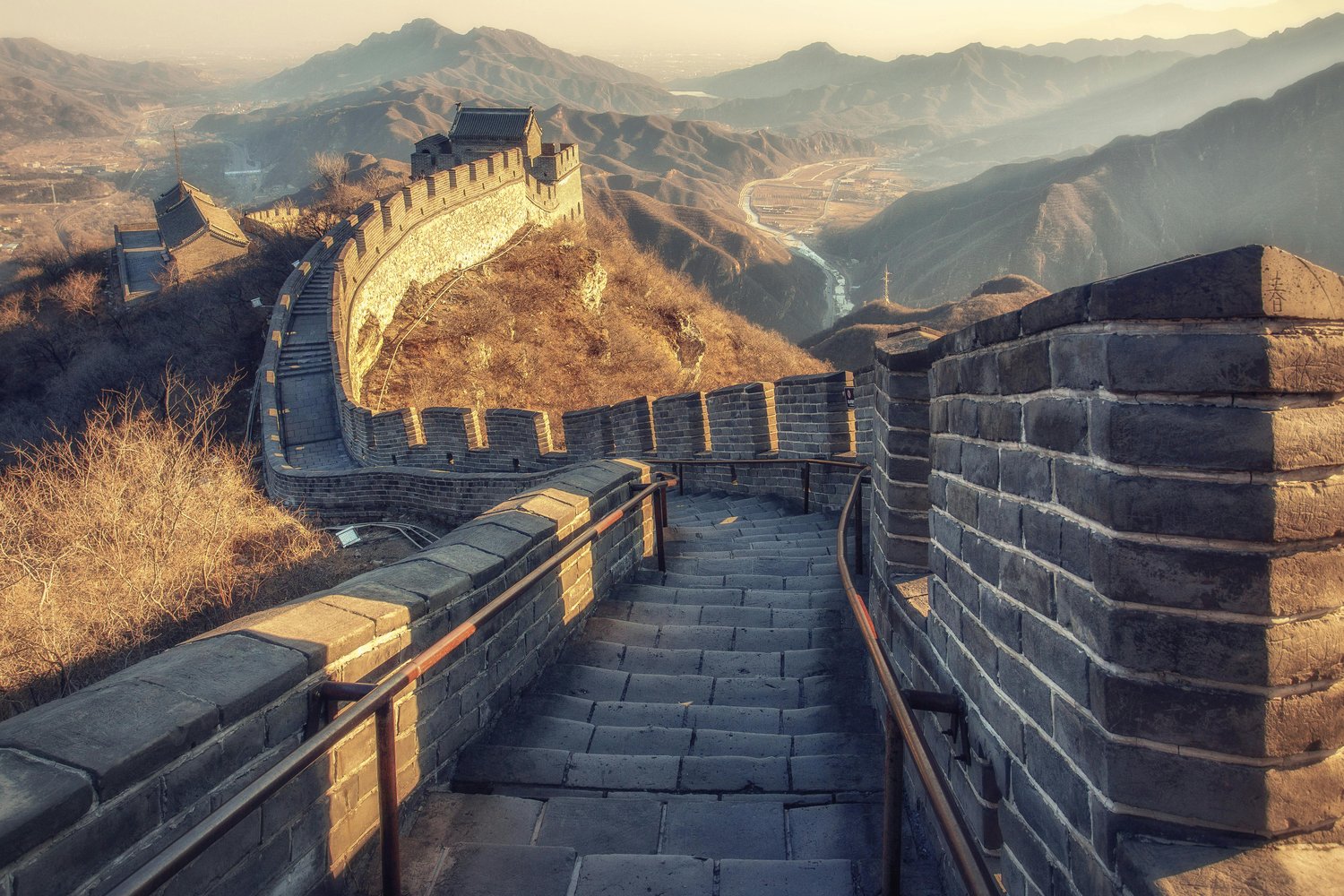
- Historical Significance: Spanning over 13,000 miles, the Great Wall of China was built over several dynasties, primarily during the Ming Dynasty (1368–1644). It served as a formidable barrier against invasions and facilitated trade and communication along the Silk Road.
- Architectural Marvel: The wall's construction involved millions of workers and a variety of materials, including brick, tamped earth, and stone. Its sheer length and the rugged terrain it traverses make it one of the most impressive engineering feats in history.
- Naming History: The term "Great Wall" was popularized in the West during the 19th century, although the Chinese had referred to it historically as the "Long Wall" or "Wall of Ten Thousand Li" (a li is a Chinese unit of distance).
Petra: The Rose City
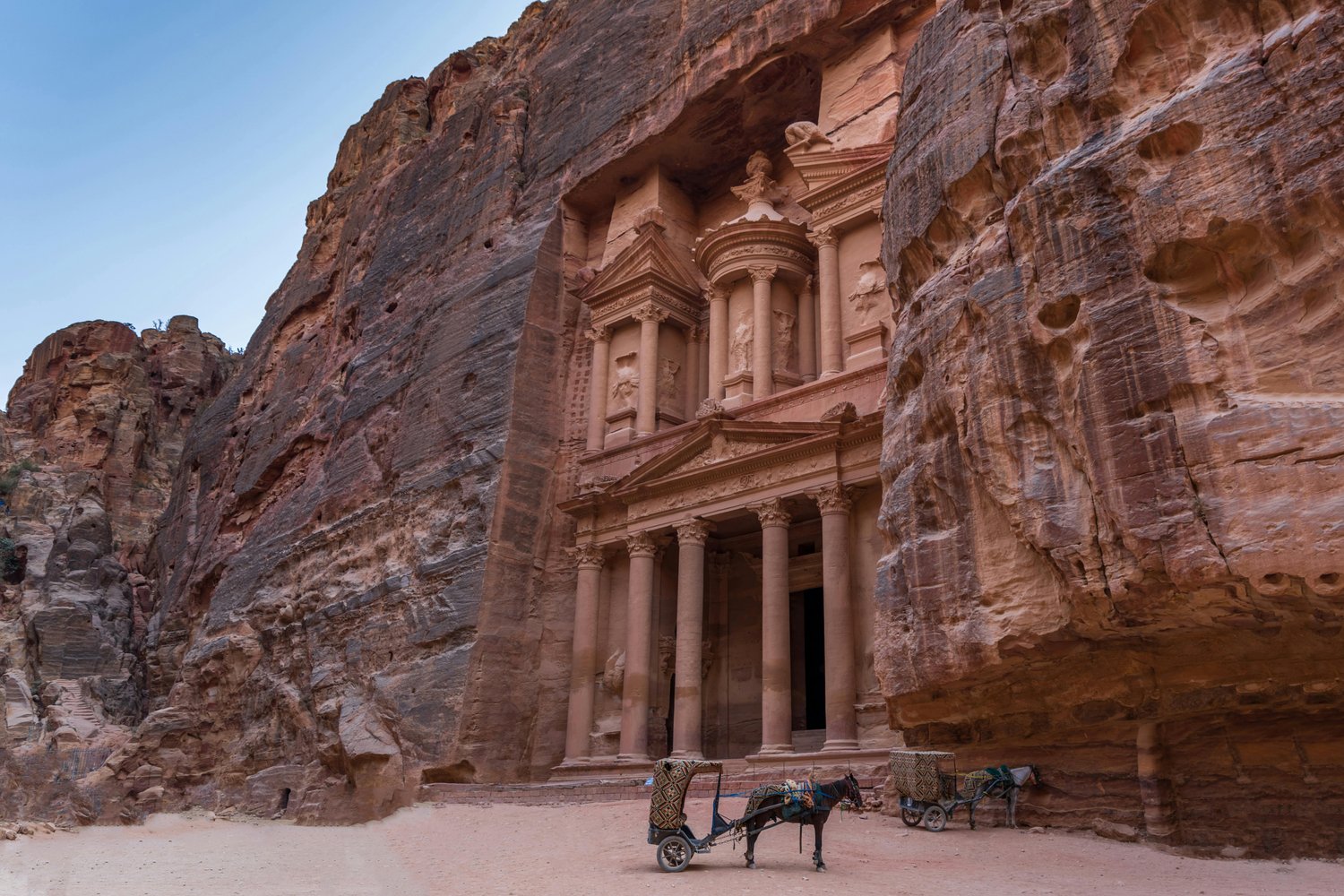
- Historical Significance: Petra, located in modern-day Jordan, was the capital of the Nabataean Kingdom around the 4th century BCE. This city carved into red sandstone cliffs thrived as a center of trade and culture.
- Architectural Marvel: Petra is renowned for its intricate rock-cut architecture, including the iconic Treasury (Al-Khazneh) and the Monastery (Ad-Deir). The city's advanced water management system is also noteworthy.
- Naming History: The name "Petra" is derived from the Greek word for rock, reflecting its magnificent stone structures. It was rediscovered by Swiss explorer Johann Ludwig Burckhardt in 1812.
Christ the Redeemer: A Beacon of Faith

- Historical Significance: Completed in 1931, Christ the Redeemer stands atop the Corcovado Mountain in Rio de Janeiro, Brazil. The statue was designed by French sculptor Paul Landowski and Brazilian engineer Heitor da Silva Costa.
- Architectural Marvel: The 30-meter-tall statue, with its outstretched arms spanning 28 meters, is made of reinforced concrete and soapstone. It has become an iconic symbol of Christianity worldwide.
- Naming History: The name "Christ the Redeemer" signifies Jesus Christ's role as the savior in Christian faith. The statue was built to commemorate the centennial of Brazil's independence from Portugal.
Machu Picchu: The Lost City of the Incas

- Historical Significance: Machu Picchu, an ancient Incan city located in Peru, was built in the 15th century and later abandoned. Rediscovered by Hiram Bingham in 1911, it is believed to have been a royal estate or sacred religious site.
- Architectural Marvel: The site is renowned for its sophisticated dry-stone construction, agricultural terraces, and astronomical alignments. Machu Picchu's location atop the Andes Mountains adds to its mystical allure.
- Naming History: The name "Machu Picchu" means "Old Mountain" in the Quechua language, referring to the mountain that overlooks the site.
Chichen Itza: The Pyramid of Kukulcan
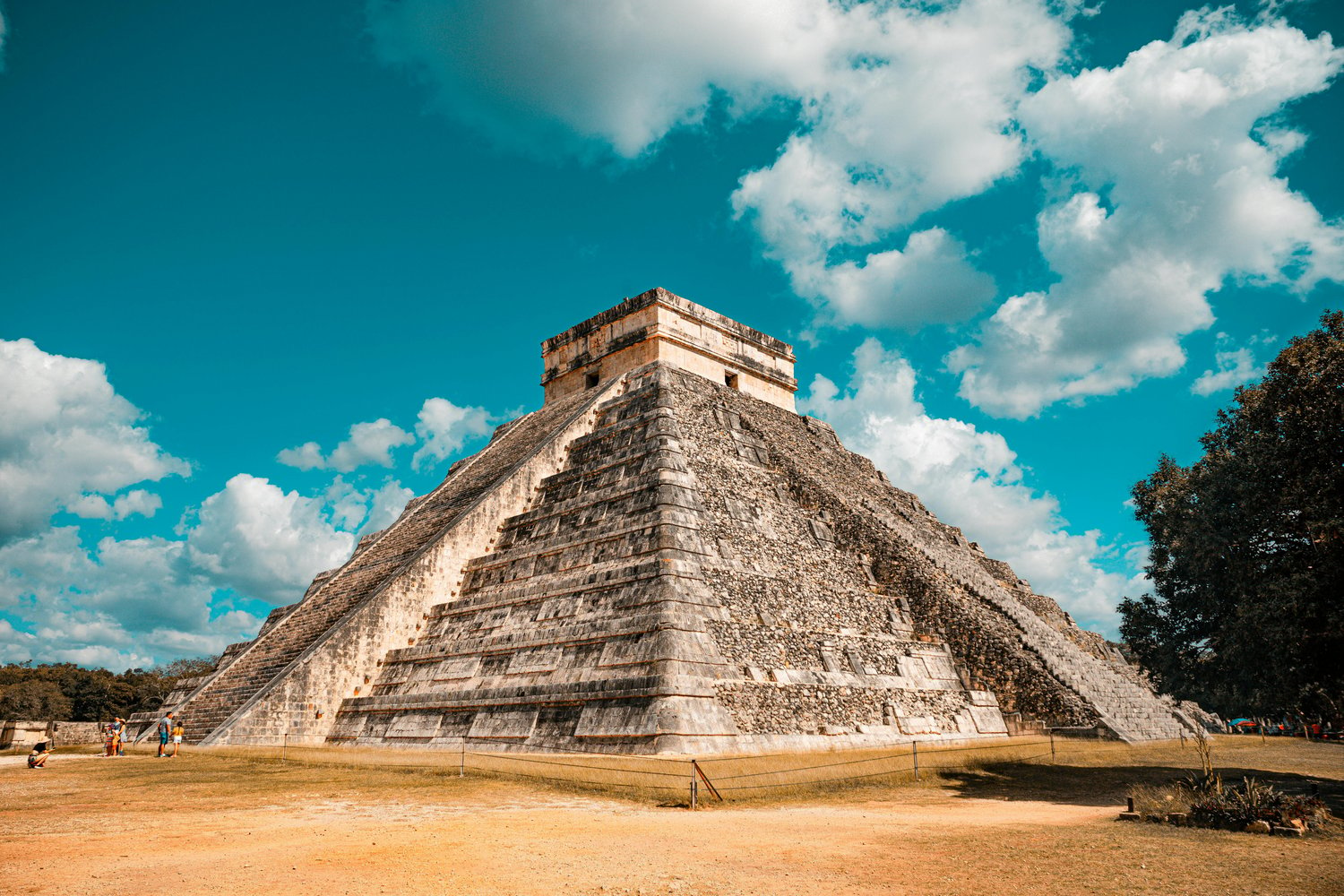
- Historical Significance: Chichen Itza, located in Mexico’s Yucatan Peninsula, was a major Mayan city from the 7th to the 10th century CE. It was an important political and economic hub.
- Architectural Marvel: The Temple of Kukulcan, also known as El Castillo, is a step pyramid that showcases the Mayans' advanced understanding of astronomy and engineering. The site includes the Great Ball Court, the Temple of the Warriors, and the Sacred Cenote.
- Naming History: "Chichen Itza" means "At the mouth of the well of the Itza," referring to the cenotes that were crucial for the city's water supply. "Itza" was the name of the Maya tribe that inhabited the area.
The Colosseum: Rome's Iconic Amphitheater
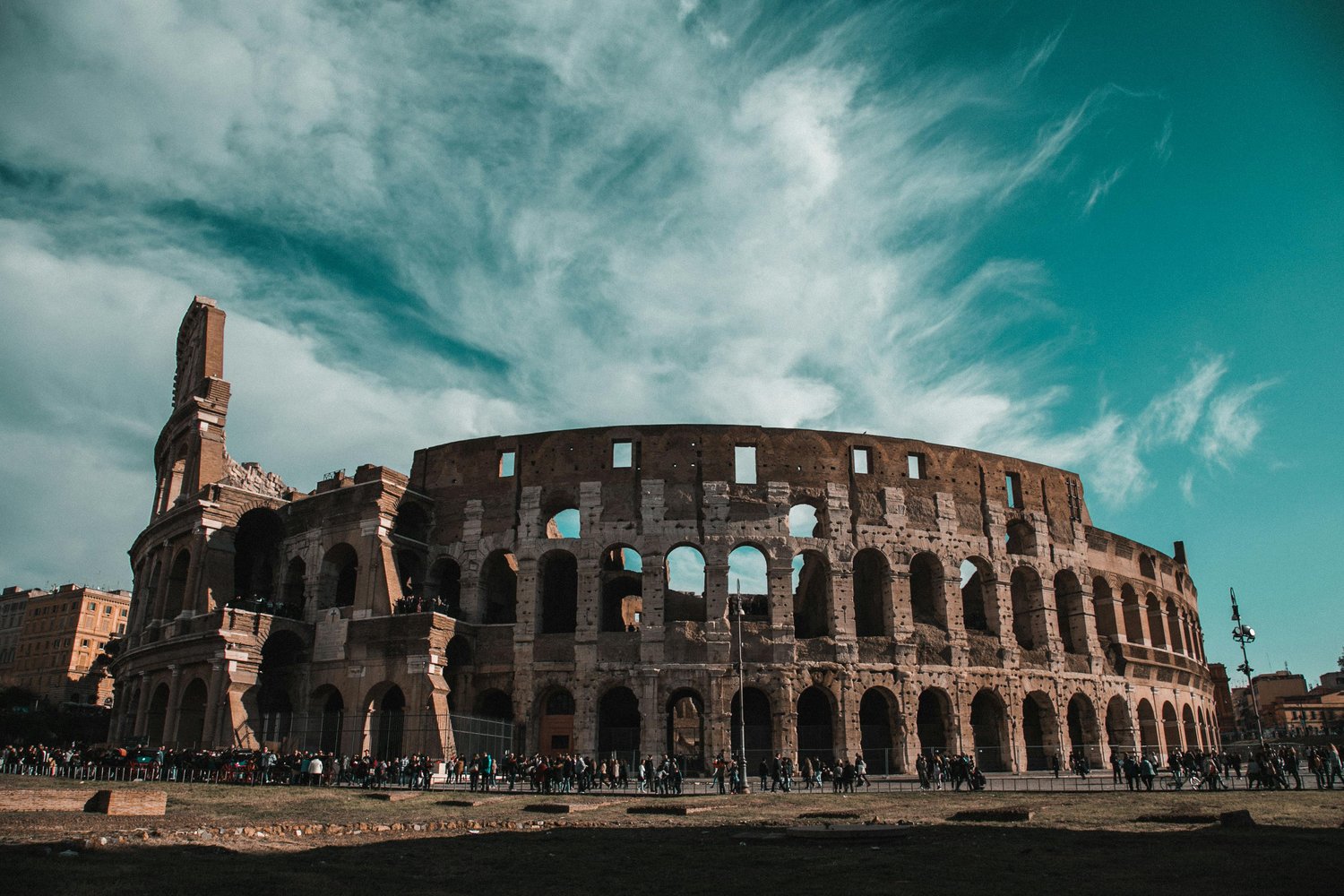
- Historical Significance: The Colosseum in Rome, Italy, was completed in 80 CE under Emperor Titus. It hosted gladiatorial contests, public spectacles, and dramas.
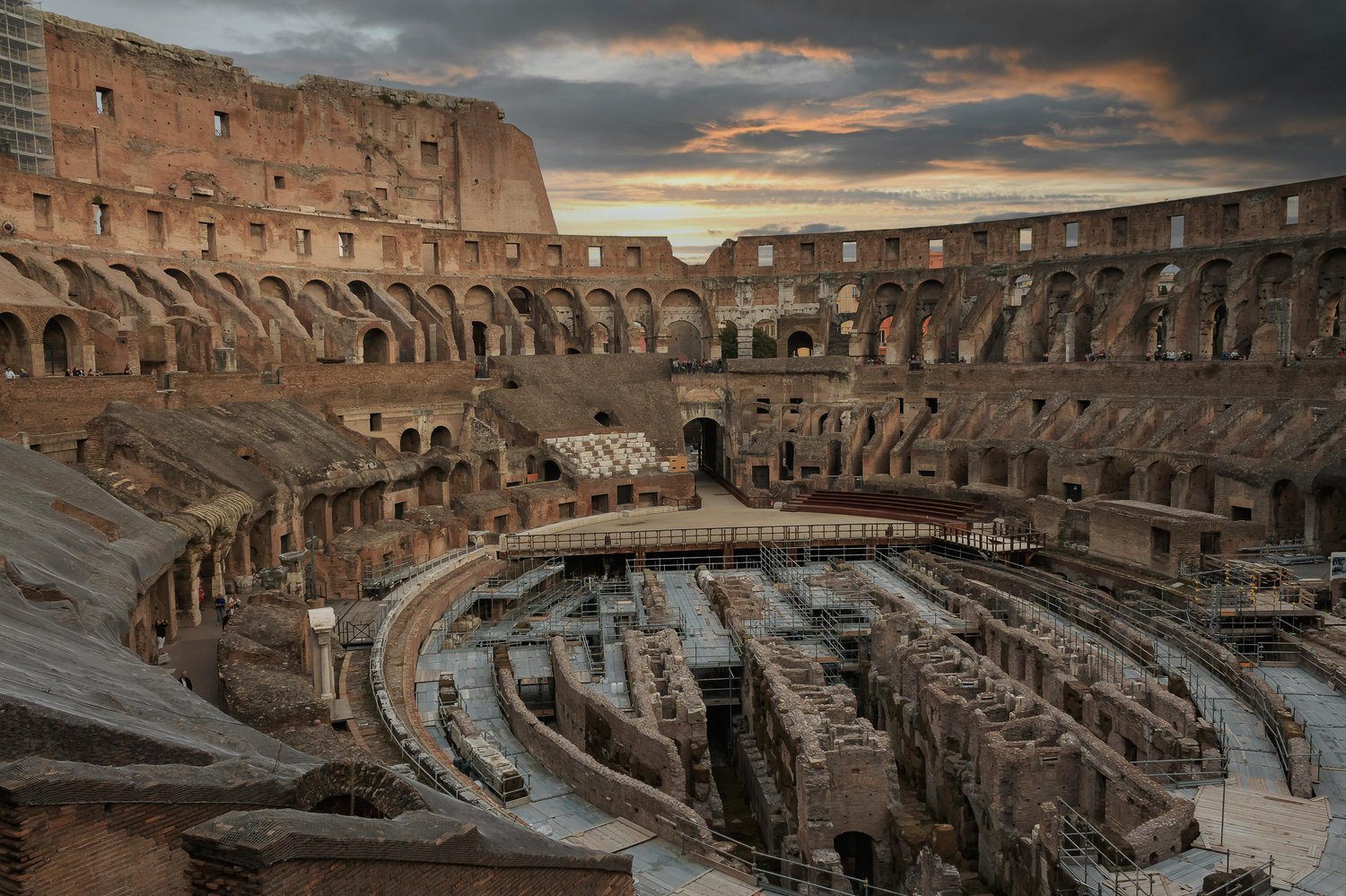
- Architectural Marvel: This massive stone amphitheater could hold up to 80,000 spectators. Its complex system of vaults and arches demonstrates the advanced engineering skills of ancient Romans.
- Naming History: The name "Colosseum" is derived from a colossal statue of Nero that once stood nearby. Its original name, the Flavian Amphitheatre, honored the dynasty of emperors who built it.
The Taj Mahal: A Monument of Love
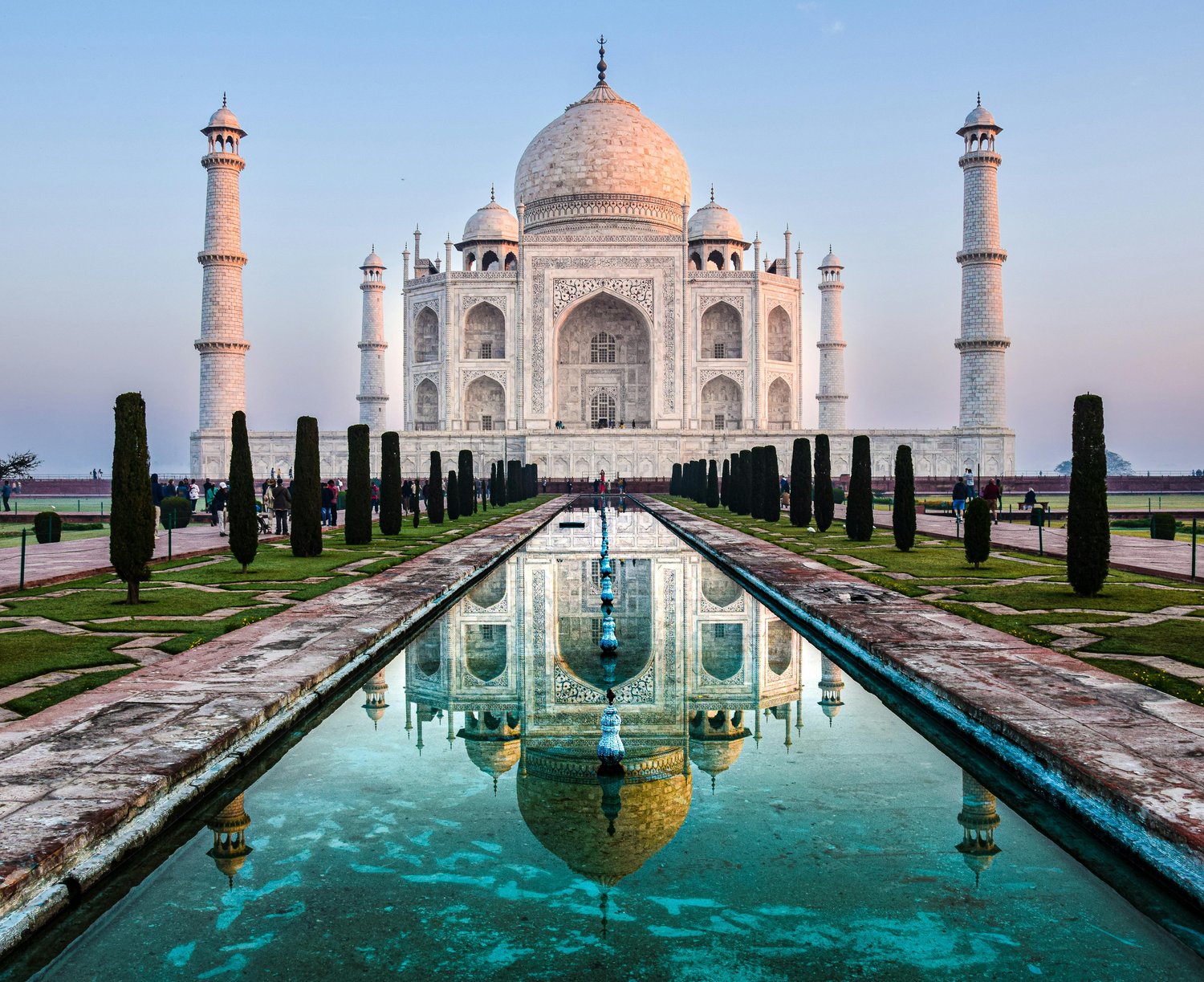
- Historical Significance: The Taj Mahal, located in Agra, India, was commissioned by Emperor Shah Jahan in 1632 as a mausoleum for his beloved wife Mumtaz Mahal. It is an enduring symbol of love and loss.
- Architectural Marvel: This stunning white marble structure combines elements of Islamic, Persian, Ottoman Turkish, and Indian architectural styles. Its symmetry, intricate carvings, and the surrounding gardens reflect a high degree of artistry and craftsmanship.
- Naming History: "Taj Mahal" is a shortened version of Mumtaz Mahal's name, which means "Crown of the Palace." The name was intended to honor her memory and reflect the structure's grandeur.
Explore the Wonders of the World
These Seven Wonders of the World not only highlight human ingenuity and creativity but also offer profound insights into the cultural and historical contexts in which they were created. For educators and students, these wonders provide endless opportunities for exploration and learning.
Discover More with E-Learning
Ready to delve deeper into the wonders of our world?
Our e-learning platform offers comprehensive lessons and interactive resources that bring these marvels to life. Perfect for both teachers and students, our courses are designed to make learning engaging and accessible.
Visit our e-learning website today to explore our offerings and embark on an educational journey that bridges the gap between curiosity and knowledge. Don't miss out on the opportunity to enhance your understanding of the world's incredible heritage—check out our online lessons now!


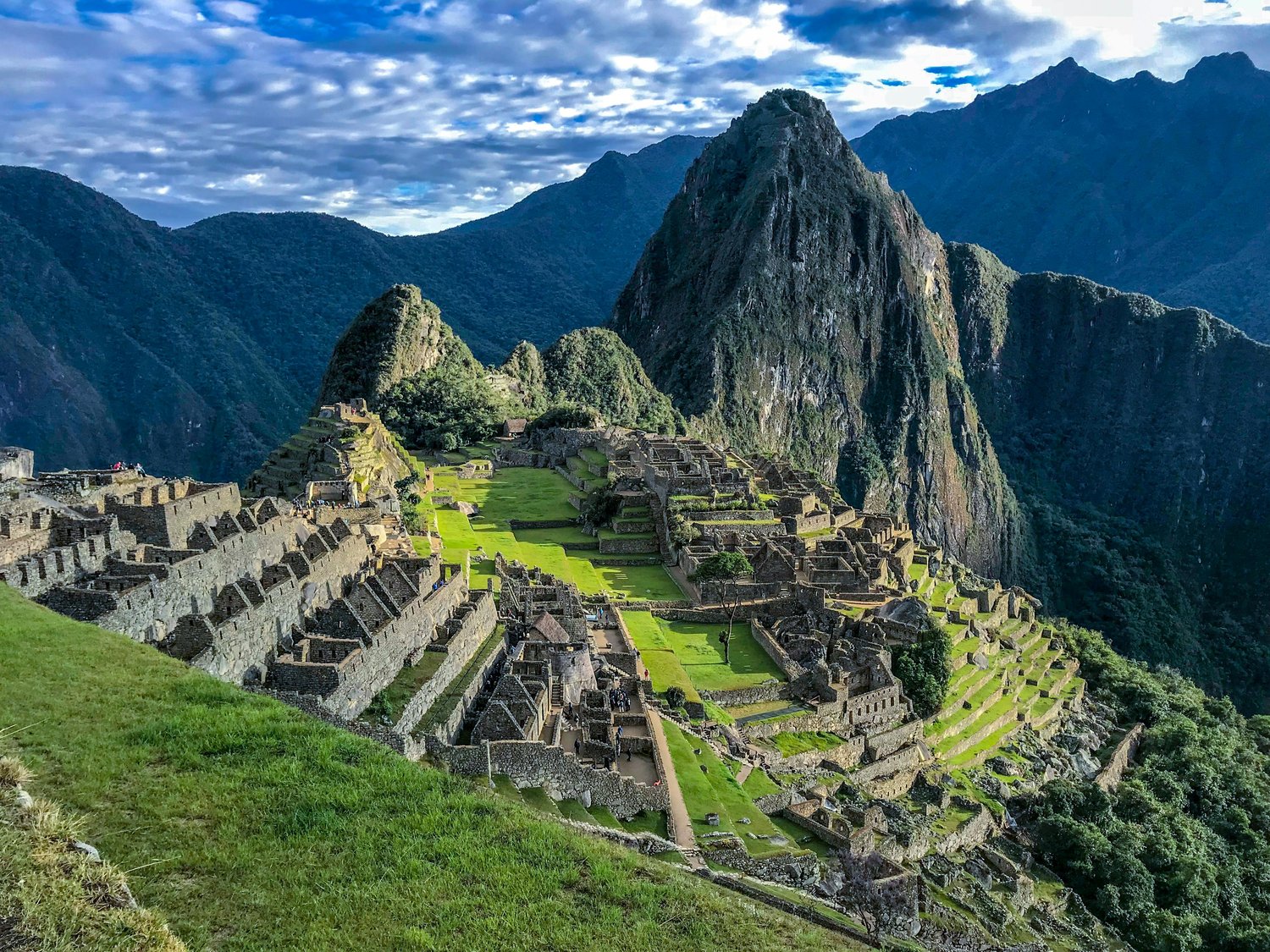
Comments ()